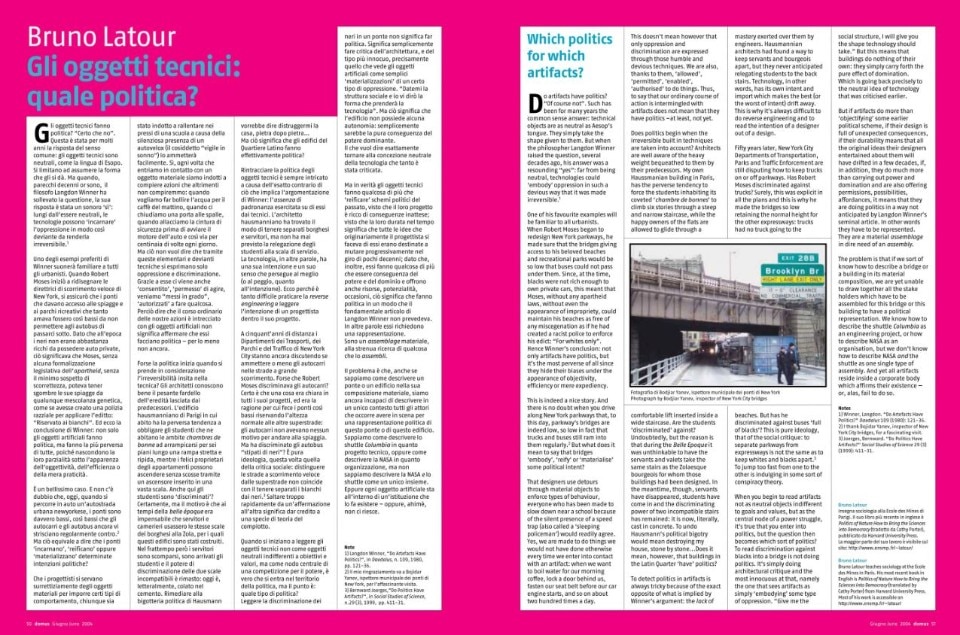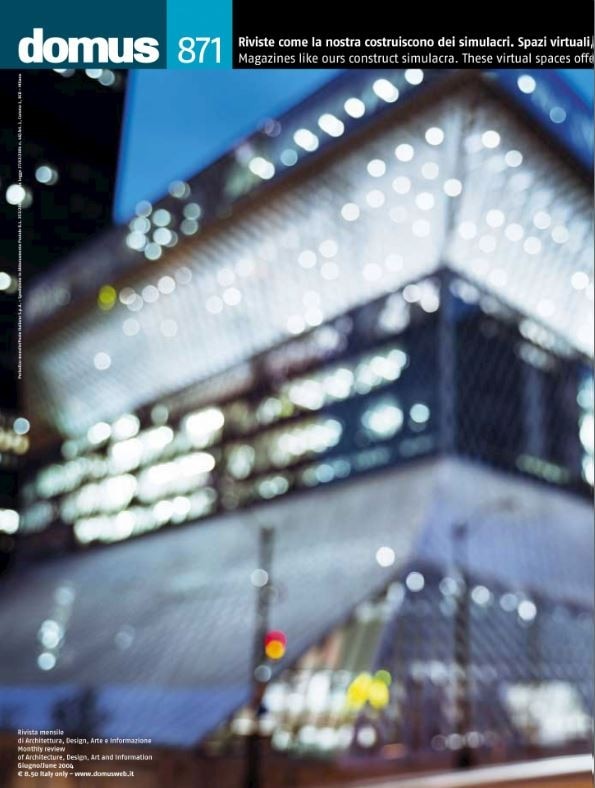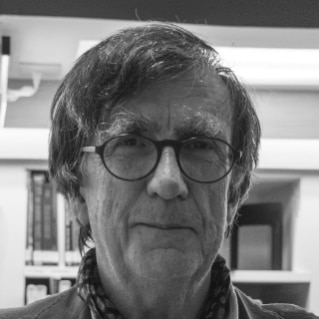Do artifacts have politics? “Of course not”. Such has been for many years the common sense answer: technical objects are as neutral as Aesop’s tongue. They simply take the shape given to them. But when the philosopher Langdon Winner raised the question, several decades ago, his answer was a resounding “yes”: far from being neutral, technologies could ‘embody’ oppression in such a devious way that it was made irreversible.
One of his favourite examples will be familiar to all urbanists. When Robert Moses began to redesign New York parkways, he made sure that the bridges giving access to his beloved beaches and recreational parks would be so low that buses could not pass under them. Since, at the time, blacks were not rich enough to own private cars, this meant that Moses, without any apartheid laws, without even the appearance of impropriety, could maintain his beaches as free of any miscegenation as if he had created a racist police to enforce his edict: “For whites only”. Hence Winner’s conclusion: not only artifacts have politics, but it’s the most perverse of all since they hide their biases under the appearance of objectivity, efficiency or mere expediency.
Does politics begin when the irreversible built in techniques are taken into account?
This is indeed a nice story. And there is no doubt when you drive along New York parkways that, to this day, parkway’s bridges are indeed low, so low in fact that trucks and buses still ram into them regularly. But what does it mean to say that bridges ‘embody’, ‘reify’ or ‘materialise’ some political intent?

That designers use detours through material objects to enforce types of behaviour, everyone who has been made to slow down near a school because of the silent presence of a speed trap (also called a ‘sleeping policeman’) would readily agree. Yes, we are made to do things we would not have done otherwise every time we enter into contact with an artifact: when we want to boil water for our morning coffee, lock a door behind us, fasten our seat belt before our car engine starts, and so on about two hundred times a day. This doesn’t mean however that only oppression and discrimination are expressed through those humble and devious techniques. We are also, thanks to them, ‘allowed’, ‘permitted’, ‘enabled’, ‘authorised’ to do things. Thus, to say that our ordinary course of action is intermingled with artifacts does not mean that they have politics – at least, not yet.
To jump too fast from one to the other is indulging in some sort of conspiracy theory.
Does politics begin when the irreversible built in techniques are taken into account? Architects are well aware of the heavy weight bequeathed to them by their predecessors. My own Haussmanian building in Paris, has the perverse tendency to force the students inhabiting its coveted ‘chambre de bonnes’ to climb six stories through a steep and narrow staircase, while the happy owners of the flats are allowed to glide through a comfortable lift inserted inside a wide staircase. Are the students ‘discriminated’ against? Undoubtedly, but the reason is that during the Belle Epoque it was unthinkable to have the servants and valets take the same stairs as the Zolaesque bourgeois for whom those buildings had been designed. In the meantime, though, servants have disappeared, students have come in and the discriminating power of two incompatible stairs has remained: it is now, literally, cast in concrete. To undo Hausmann’s political bigotry would mean destroying my house, stone by stone...Does it mean, however, that buildings in the Latin Quarter ‘have’ politics?

To detect politics in artifacts is always tricky because of the exact opposite of what is implied by Winner’s argument: the lack of mastery exerted over them by engineers. Hausmannian architects had found a way to keep servants and bourgeois apart, but they never anticipated relegating students to the back stairs. Technology, in other words, has its own intent and import which makes the best (or the worst of intent) drift away. This is why it’s always difficult to do reverse engineering and to read the intention of a designer out of a design.
Fifty years later, New York City Departments of Transportation, Parks and Traffic Enforcement are still disputing how to keep trucks on or off parkways. Has Robert Moses discriminated against trucks? Surely, this was explicit in all the plans and this is why he made the bridges so low retaining the normal height for the other expressways: trucks had no truck going to the beaches. But has he discriminated against buses ‘full of blacks’? This is pure ideology, that of the social critique: to separate parkways from expressways is not the same as to keep whites and blacks apart. To jump too fast from one to the other is indulging in some sort of conspiracy theory.
All artifacts reside inside a corporate body which affirms their existence — or, alas, fail to do so.
When you begin to read artifacts not as neutral objects indifferent to goals and values, but as the central node of a power struggle, it’s true that you enter into politics, but the question then becomes which sort of politics? To read discrimination against blacks into a bridge is not doing politics. It’s simply doing architectural critique and the most innocuous at that, namely the one that sees artifacts as simply ‘embodying’ some type of oppression. “Give me the social structure, I will give you the shape technology should take.” But this means that buildings do nothing of their own: they simply carry forth the pure effect of domination. Which is going back precisely to the neutral idea of technology that was criticised earlier.

But if artifacts do more than ‘objectifying’ some earlier political scheme, if their design is full of unexpected consequences, if their durability means that all the original ideas their designers entertained about them will have drifted in a few decades, if, in addition, they do much more than carrying out power and domination and are also offering permissions, possibilities, affordances, it means that they are doing politics in a way not anticipated by Langdon Winner’s seminal article. In other words they have to be represented. They are a material assemblage in dire need of an assembly.
The problem is that if we sort of know how to describe a bridge or a building in its material composition, we are yet unable to draw together all the stake holders which have to be assembled for this bridge or this building to have a political representation. We know how to describe the shuttle Columbia as an engineering project, or how to describe NASA as an organisation, but we don’t know how to describe NASA and the shuttle as one single type of assembly. And yet all artifacts reside inside a corporate body which affirms their existence — or, alas, fail to do so.


